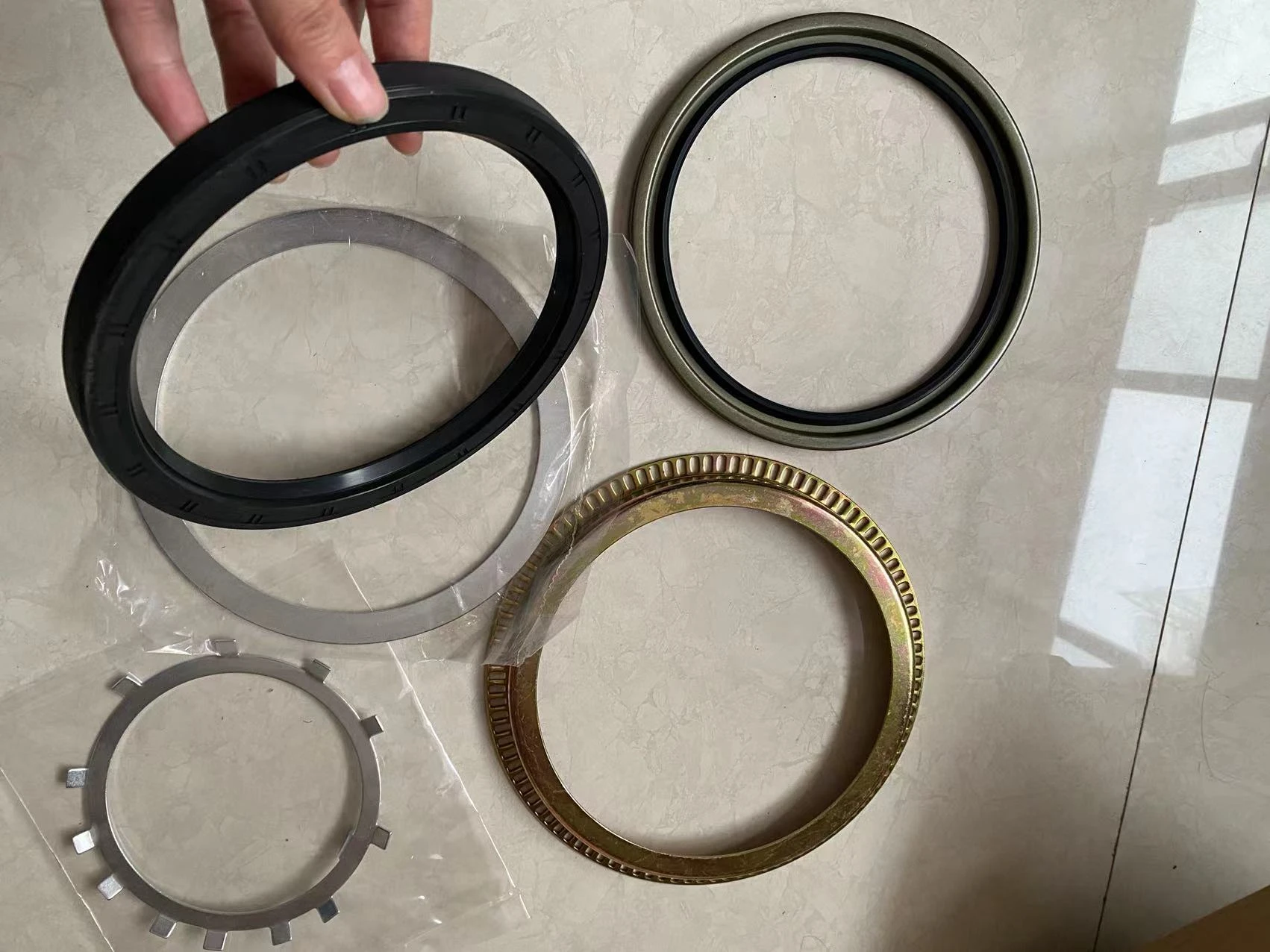power steering shaft seal
Understanding Power Steering Shaft Seals
Power steering systems have revolutionized the way we drive. They enhance steering responsiveness and ease the effort needed to maneuver a vehicle. However, like any mechanical system, power steering components can wear out or fail over time, leading to a range of issues. One critical component in this system is the power steering shaft seal. Understanding its function, importance, and maintenance can help vehicle owners prolong the life of their cars and ensure optimal performance.
What is a Power Steering Shaft Seal?
The power steering shaft seal is a vital component that prevents the hydraulic fluid used in power steering systems from leaking out. It is typically made of durable rubber or synthetic materials designed to withstand the high pressures and temperatures associated with power steering systems. The seal sits around the shaft that connects the steering column to the steering gear, creating a barrier that keeps the hydraulic fluid contained within the system.
Importance of Power Steering Shaft Seals
The primary function of the power steering shaft seal is to maintain proper hydraulic pressure in the system. This pressurized fluid is what allows drivers to turn the steering wheel with minimal effort. When the seal is functioning correctly, it ensures that the hydraulic fluid remains contained, allowing for quick and responsive steering.
When a power steering shaft seal fails or becomes worn, it can lead to leaks. A noticeable sign of a failing seal is the presence of steering fluid pooling on the ground beneath the vehicle. Additionally, drivers may experience difficulty in steering or notice a whining noise coming from the power steering pump. Over time, fluid leaks can lead to a drop in hydraulic pressure, making the steering system less effective and increasing the potential for further damage.
Signs of a Failing Power Steering Shaft Seal
Recognizing the signs of a failing power steering shaft seal is crucial for maintaining the vehicle's performance. Common indicators include
power steering shaft seal

1. Fluid Leaks Puddles of power steering fluid beneath the vehicle, particularly around the steering gear or under the dash, suggest a seal failure. 2. Difficulty Steering If steering becomes harder than usual or there's a noticeable increase in effort required to turn the wheel, it could be due to low hydraulic pressure caused by a leak.
3. Whining Noises A whining or groaning sound when turning the steering wheel is often a sign that the power steering pump is struggling due to insufficient fluid caused by a leaking seal.
4. Warning Lights Some vehicles are equipped with dashboard warning lights that indicate issues with the power steering system. If this light illuminates, it’s essential to investigate.
Maintenance and Replacement
Maintaining the power steering system is essential for preventing seal failure. Regularly checking the power steering fluid level and condition can help detect problems early. If the fluid appears dirty or contains contaminants, it may indicate that the seal is deteriorating.
If a power steering shaft seal fails, the most effective course of action is to replace it as soon as possible. This process typically involves removing the steering column and accessing the seal, which can be labor-intensive. Although some vehicle owners may choose to perform this task themselves, consulting with a professional mechanic is generally recommended to ensure proper installation and avoid further complications.
Conclusion
The power steering shaft seal plays a crucial role in the effective functioning of a vehicle's steering system. Understanding its function and recognizing the signs of failure can help drivers maintain their vehicles in optimal condition. By prioritizing regular maintenance and addressing any issues promptly, vehicle owners can enjoy a safer and more enjoyable driving experience. Whether you’re experiencing issues related to your power steering or simply want to stay ahead of potential problems, taking care of this vital component will undoubtedly pay off in the long run.
-
Understanding the Front Main Engine Seal: Purpose, Maintenance, and Installation
News Jul.29,2025
-
Understanding O-Rings and Seal Rings: Types, Applications, and Custom Solutions
News Jul.29,2025
-
Understanding Crankshaft Oil Seals: Rear Seals, Pulley Seals, and Their Role in Engine Integrity
News Jul.29,2025
-
The Importance of Front and Rear Crankshaft Seals in Engine Performance and Oil Management
News Jul.29,2025
-
Crank Oil Seals: Functions, Types, and Cost Considerations in Engine Maintenance
News Jul.29,2025
-
A Comprehensive Guide to O-Rings and Seals: Types, Materials, and Global Applications
News Jul.29,2025
-
Mastering Diesel and Performance Engine Maintenance: A Guide to Critical Oil Gaskets
News Jul.28,2025
Products categories















